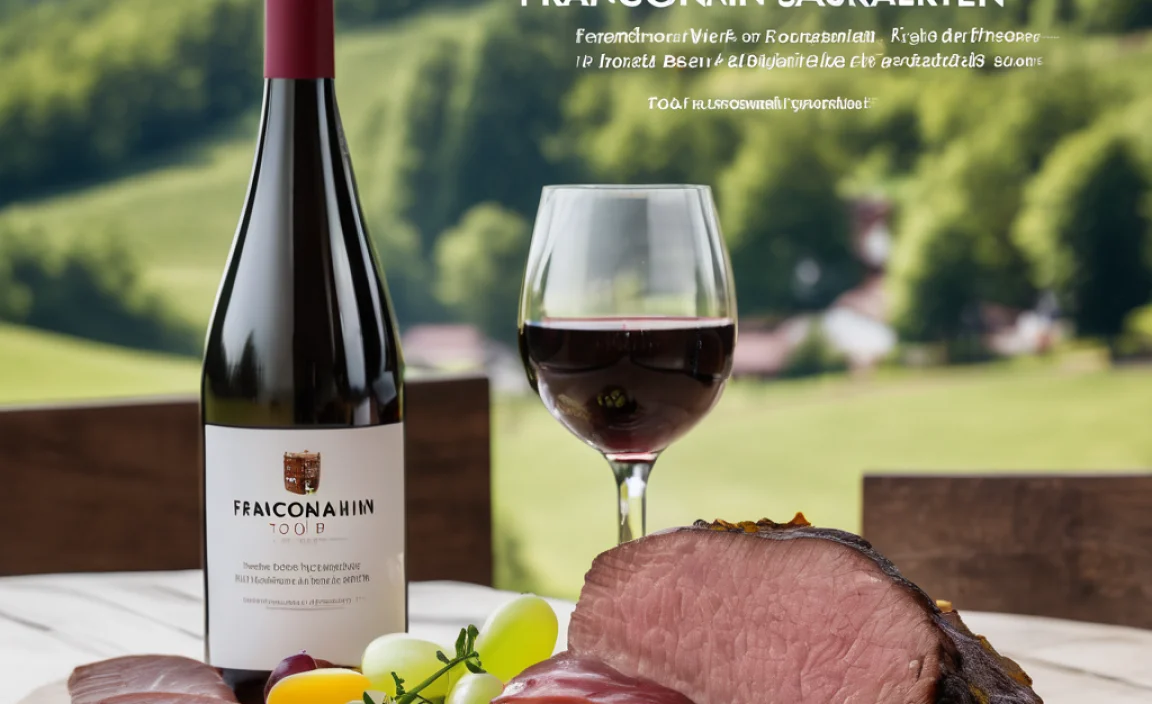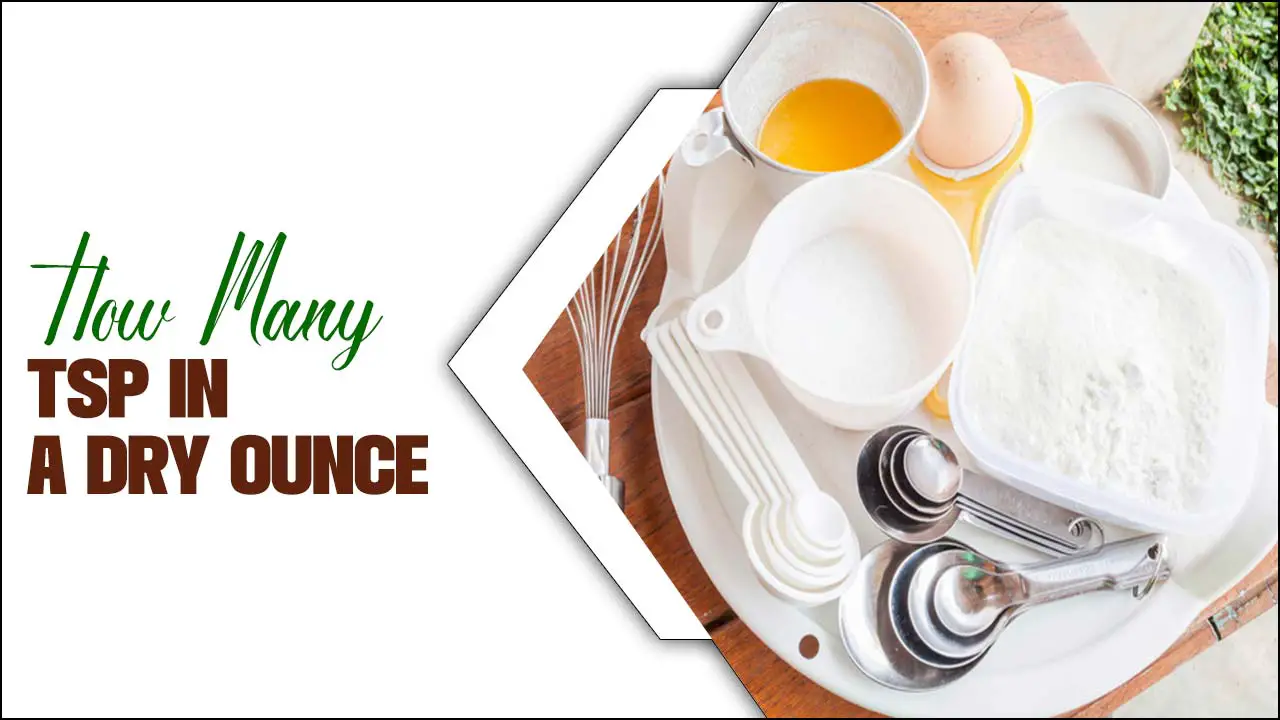Don’t miss out on Hanoi’s incredible street food! This guide helps you discover the must-try dishes, where to find them, and how to enjoy them like a local. Get ready for a delicious, authentic culinary adventure!
Hanoi, Vietnam’s vibrant capital, is a paradise for anyone who loves to eat. The streets buzz with energy, and around every corner, you’ll find tempting aromas wafting from small carts and bustling stalls. But with so many options, where do you start? It can feel overwhelming to pick the best dishes and find the most authentic spots. Don’t worry! This guide is here to make your Vietnamese street food Hanoi experience easy and unforgettable.
We’ll break down the essential dishes you absolutely must try, offer tips on how to navigate the bustling food scene, and even share some local etiquette so you can dine with confidence. Get ready to explore the flavors that make Hanoi a world-renowned street food destination!
Your Essential Hanoi Street Food Adventure Awaits
Hanoi’s street food isn’t just about eating; it’s a cultural experience. It’s about sitting on tiny plastic stools, sharing smiles with vendors, and savoring flavors that have been perfected over generations. This guide will help you dive headfirst into this exciting culinary world. We’ll cover everything from the most popular dishes to hidden gems and practical tips for your journey.
Let’s get started on your delicious exploration of Vietnamese street food Hanoi!
Must-Try Hanoi Street Food Dishes
Hanoi is famous for its diverse and flavorful street food. Each dish tells a story and offers a unique taste of Vietnamese culture. Here are some absolute essentials you cannot miss:
1. Phở (Noodle Soup)
This is arguably Vietnam’s national dish, and Hanoi is its birthplace. Phở is a comforting noodle soup, typically made with beef (phở bò) or chicken (phở gà). The magic lies in the clear, fragrant broth, simmered for hours with spices like star anise, cinnamon, and cardamom. Served with rice noodles, tender meat, and a side of fresh herbs, lime, and chili, it’s a perfect meal any time of day.
Key Components:
- Broth: Slow-simmered bone broth with aromatic spices.
- Noodles: Flat rice noodles (bánh phở).
- Meat: Thinly sliced beef (rare, well-done, brisket) or chicken.
- Garnishes: Fresh cilantro, green onions, bean sprouts, basil, lime wedges, and sliced chilies.
2. Bún Chả (Grilled Pork with Noodles)
A Hanoi specialty, Bún chả is a delightful combination of grilled fatty pork patties and pork belly served in a sweet and savory dipping sauce, accompanied by rice vermicelli noodles and a basket of fresh herbs. The smoky aroma of the grilled pork is unbelievably tempting, and dipping the noodles and pork into the flavorful broth is an experience in itself. Often enjoyed by locals for lunch.
What makes it special:
- Grilled Pork: Marinated and grilled over charcoal, giving it a distinct smoky flavor.
- Dipping Sauce: A balance of sweet, sour, and salty liquid, often containing pickled papaya and carrot.
- Noodles: Delicate rice vermicelli noodles.
- Fresh Herbs: A generous platter including lettuce, mint, and perilla leaves.
3. Bánh Mì (Vietnamese Baguette Sandwich)
The Bánh Mì is a delicious fusion of French colonial influence and Vietnamese flavors. A crispy baguette is filled with a variety of ingredients, such as grilled meats, pâté, Vietnamese ham, pickled vegetables (daikon and carrot), cucumber, cilantro, and chili sauce. It’s a perfect, portable, and affordable meal or snack.
Popular Fillings:
- Grilled pork (thịt nướng)
- Sausage (lạp xưởng)
- Fried egg (trứng ốp la)
- Sardines (cá mòi)
- Pâté (pa tê gan)
4. Chả Cá Lã Vọng (Turmeric Fish with Dill)
This is a unique and flavorful dish originating from a specific restaurant in Hanoi but now widely available. It features chunks of white fish marinated in turmeric and galangal, then pan-fried tableside with copious amounts of fresh dill and spring onions. It’s typically served with rice vermicelli, peanuts, shrimp paste (mắm tôm), and fresh herbs. The combination of the savory fish, fragrant dill, and pungent shrimp paste is unforgettable.
Key Ingredients:
- Firm white fish (e.g., catfish, tilapia)
- Turmeric powder
- Galangal
- Fresh dill and spring onions
- Rice vermicelli noodles
- Peanuts
- Shrimp paste (mắm tôm)
5. Bún Riêu Cua (Crab Noodle Soup)
A flavorful and slightly tangy noodle soup, Bún Riêu Cua features a tomato-based broth enriched with crab paste. It often includes ingredients like tofu, pork, and sometimes congealed pig’s blood. The rich, umami flavor of the crab paste combined with the fresh herbs and a squeeze of lime makes it a popular and hearty choice.
What to expect:
- Broth: Tomato and crab paste base, giving it a distinct reddish hue and tangy flavor.
- Noodles: Rice vermicelli.
- Toppings: Crab paste cakes, tofu, pork, sometimes congealed blood.
- Garnishes: Shredded banana blossoms, herbs, lime, chili.
6. Nem Rán / Chả Giò (Fried Spring Rolls)
While commonly known as fried spring rolls, in Hanoi, they are called Nem Rán. These crispy delights are made with a wrapper filled with minced pork, shrimp, glass noodles, mushrooms, and other seasonings, then deep-fried until golden brown. They are often served with lettuce leaves for wrapping and a dipping sauce. These are perfect as an appetizer or a standalone snack.
Typical Filling:
- Minced pork
- Shrimp
- Glass noodles
- Wood ear mushrooms
- Carrots
- Seasonings (fish sauce, pepper)
7. Xôi (Sticky Rice)
Xôi is a versatile dish made from glutinous rice. It can be sweet or savory and comes in many variations. Common types include Xôi Xéo (sticky rice with mung beans and fried shallots) and Xôi Lạc (sticky rice with peanuts). It’s often topped with grilled chicken, pork, or a fried egg, making it a filling and satisfying option, especially for breakfast.
Popular Varieties:
- Xôi Xéo: Topped with mung bean paste and crispy fried shallots.
- Xôi Lạc: Mixed with peanuts.
- Xôi Gà: Served with shredded chicken.
- Xôi Thịt Nướng: Topped with grilled pork.
8. Bia Hơi (Fresh Beer)
While not food, Bia Hơi is an integral part of the Hanoi street food experience. This is locally brewed, unpasteurized draft beer that is extremely light, refreshing, and incredibly cheap. It’s served in simple glasses from large tanks and is best enjoyed ice-cold while sitting on tiny stools at a Bia Hơi corner, often alongside your street food.
Why try it:
- Incredibly affordable.
- Light and refreshing, perfect for the humid climate.
- A social lubricant and a key part of local culture.
Navigating the Hanoi Street Food Scene
Exploring Hanoi’s street food can feel like a culinary adventure. Here’s how to make the most of it without feeling lost:
Choosing a Stall: What to Look For
The best indicators of a great street food stall are:
- Crowds: A busy stall, especially with locals, is a good sign. It means the food is popular and likely fresh.
- Cleanliness: While street food kitchens are simple, look for general tidiness. Check if the cooking surfaces, utensils, and vendors’ hands appear reasonably clean.
- Fresh Ingredients: See if the ingredients look fresh and are stored properly.
- Specialization: Many excellent stalls focus on just one or two dishes, meaning they’ve perfected them.
Ordering Like a Local
Don’t be intimidated! Most vendors are friendly, and a little effort goes a long way.
- Point and Smile: If language is a barrier, pointing at what you want or at pictures can work wonders. A friendly smile is universal.
- Learn Basic Phrases: “Xin chào” (Hello), “Cảm ơn” (Thank you), “Bao nhiêu tiền?” (How much?), and the name of the dish will be appreciated.
- Ask for Recommendations: If you see a dish that looks good, ask “Món này ngon không?” (Is this dish delicious?).
- Specify Preferences (if possible): For dishes like Bánh Mì, you might be able to ask for “không cay” (no chili) if you don’t like spice.
Paying and Etiquette
Street food is wonderfully affordable in Hanoi. Expect to pay anywhere from 20,000 VND to 50,000 VND for most dishes.
- Have Small Bills: It’s easier for vendors if you pay with small denominations.
- Eat at the Stall: It’s customary to eat your meal right there at the small tables provided.
- Be Mindful of Space: Tiny stools and tables are common. Be prepared to squeeze in and be friendly with your neighbors.
- Don’t Waste Food: Order only what you can eat.
Hygiene and Safety Tips
While the food is generally safe and delicious, a few precautions can ensure a pleasant experience:
- Drink Bottled Water: Always opt for sealed bottled water.
- Choose Cooked Food: Generally, most street food is cooked fresh and hot, which is ideal. Steer clear of items that look like they’ve been sitting out for a long time.
- Wash Your Hands: Carry hand sanitizer or use the often-available soap and water to wash up before eating.
- Trust Your Gut: If something feels off, it’s okay to walk away.
Best Areas for Street Food in Hanoi
While delicious food is everywhere, some areas are particularly renowned for their concentration of amazing street food stalls. Exploring these districts is a great way to sample a variety of dishes.
1. The Old Quarter (Hoan Kiem District)
This is the heart and soul of Hanoi’s street food scene. Wander through its maze of narrow streets, and you’ll encounter countless vendors specializing in everything from Phở and Bún Chả to Bánh Mì and more obscure local delicacies. Each street often has its own specialties!
- Must-visit streets: Ta Hien Street (for Bia Hơi and snacks), Hang Manh Street (for various noodles), Dong Xuan Market area.
2. Dong Xuan Market
Located on the edge of the Old Quarter, Dong Xuan Market is Hanoi’s largest indoor market. Around the market, especially in the evenings, you’ll find a bustling outdoor food court serving a wide array of local dishes. It’s a great spot to try different things in one place.
- What to find: Seafood, hot pots, various noodle dishes, sweets, and fruits.
3. West Lake Area (Tay Ho)
While known for its upscale restaurants, the West Lake area also has fantastic street food options, particularly around its circumference and in smaller alleyways. It offers a slightly more relaxed atmosphere compared to the Old Quarter.
- Focus: Often good for seafood dishes and local snacks.
4. French Quarter
While more known for its colonial architecture, areas around Ngô Thì Nhậm and Tạ Hiện streets often have great Bánh Mì vendors and small eateries serving traditional Vietnamese fares.
A Day of Eating in Hanoi: Sample Itinerary
To help you plan your culinary journey, here’s a possible itinerary for a day filled with Vietnamese street food Hanoi:
| Time | Meal | Dish/Location | Notes |
|---|---|---|---|
| 8:00 AM | Breakfast | Phở Bò or Phở Gà | Start your day with a steaming bowl of authentic Hanoi Phở. Look for busy, local spots in the Old Quarter. |
| 10:30 AM | Snack/Mid-morning | Bánh Mì | Grab a delicious Bánh Mì from a street cart – perfect for a quick bite on the go. |
| 1:00 PM | Lunch | Bún Chả | Head to a Bún Chả specialist in the Old Quarter for this iconic Hanoi dish. Enjoy the grilled pork and dipping sauce. |
| 3:00 PM | Afternoon Treat | Chè (Vietnamese Dessert Soup) | Try a sweet Chè from a dessert stall. Many variations exist, often with beans, fruits, and jellies. |
| 6:00 PM | Pre-Dinner Drink | Bia Hơi | Find a Bia Hơi corner, order an ice-cold glass, and soak in the local atmosphere. |
| 7:30 PM | Dinner | Nem Rán & Bún Riêu Cua | Enjoy crispy Nem Rán as a starter, followed by a flavorful bowl of Bún Riêu Cua. Or try Chả Cá Lã Vọng for a unique experience. |
| 9:30 PM | Late Night Snack | Xôi | If you’re still hungry, a savory sticky rice (Xôi) is a filling and delicious option. |
Tips for Staying Healthy While Eating Street Food
Enjoying Vietnamese street food Hanoi is a highlight of any trip, but it’s wise to be mindful of your health. Here are some tips:
- Hydration is Key: Drink plenty of bottled water. Avoid ice in drinks if you have a sensitive stomach, though ice from reputable vendors is usually fine.
- Choose Wisely: Opt for food that is cooked fresh and served hot. Avoid raw or pre-cooked items that have been sitting out for extended periods.
- Use Hand Sanitizer: Keep hand sanitizer handy and use it before eating.
- Listen to Your Body: If you have a sensitive stomach, introduce new foods gradually. You can start with milder dishes like Phở or Bánh Mì.
- Peel Your Own Fruit: If you buy fresh fruit, ensure it’s peeled by the vendor or peel it yourself to avoid contamination.
- Embrace the Locals’ Choice: Stalls packed with locals are usually a sign of quality and good hygiene practices, as locals are sensitive to these issues too.
Frequently Asked Questions (FAQ)
Q1: Is Hanoi street food safe to eat?
For the most part, yes! Hanoi street food is generally safe and incredibly fresh. Vendors cook food to order, and popular stalls have high turnover. By choosing busy stalls and following basic hygiene tips (like drinking bottled water and using hand sanitizer), you can enjoy it confidently.
Q2: What is the most famous street food dish in Hanoi?
Phở (noodle soup) is arguably the most famous, considered Vietnam’s national dish, with Hanoi being its origin. Bún Chả (grilled pork with noodles) is another iconic Hanoi specialty that is incredibly popular.
Q3: Can I find vegetarian options in Hanoi street food?
Yes, you can! While many dishes feature meat, look for Bánh Mì with egg or fried tofu,







